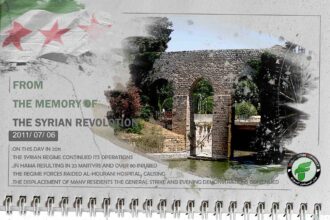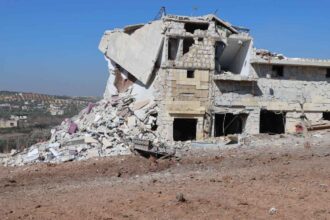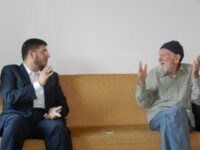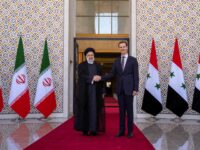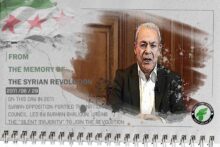Media OfficeSymbols and Figures of the State in Syria
Symbols and Figures of the State in Syria (3) Mohammad Ali al-Abed
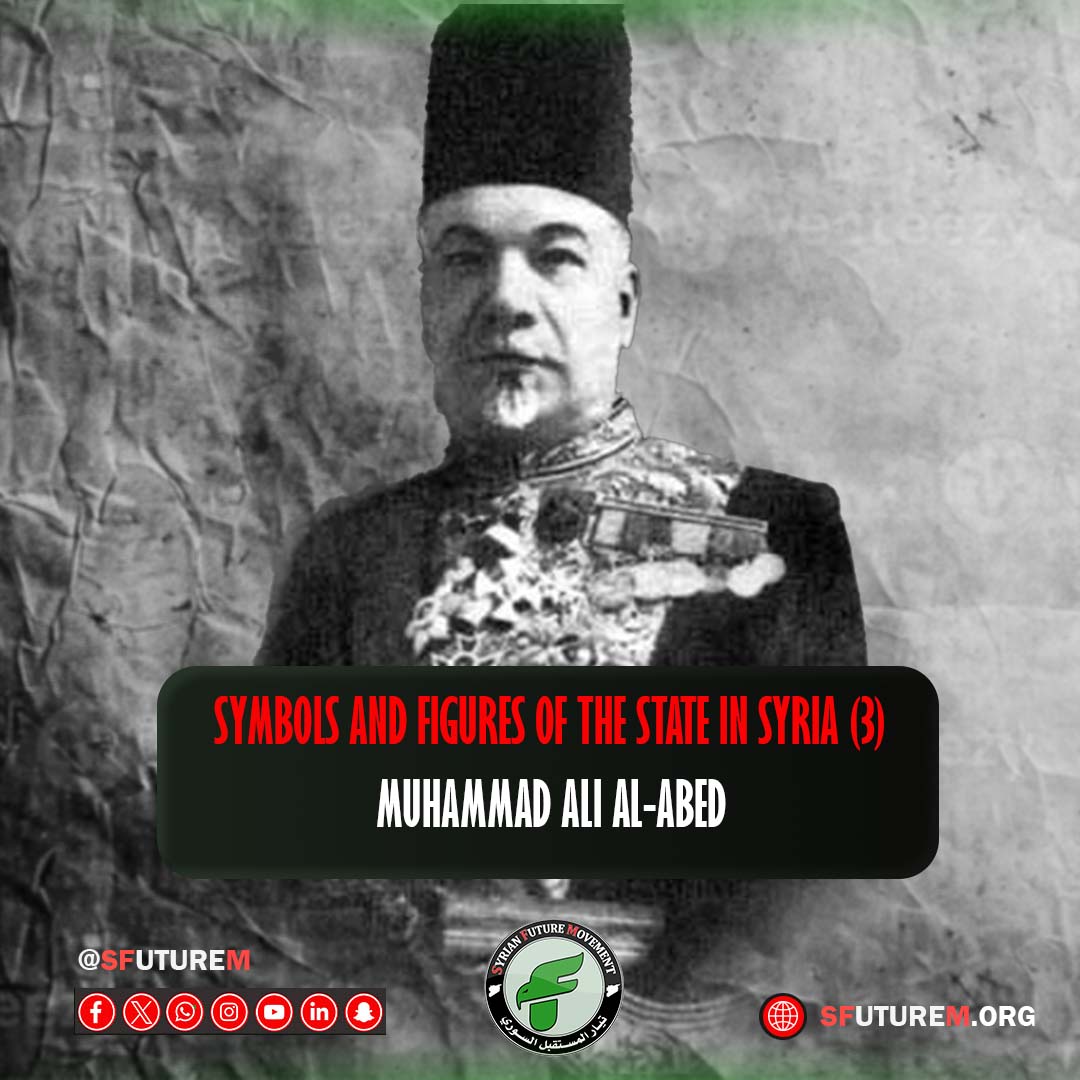
The First President of the Syrian Arab Republic, “Mohammad Ali al-Abed”
- He is Mohammad Ali bin Ahmad Azza Pasha bin Holo Pasha al-Abed, from the Masharfeh clan, one of the branches of the Arab Mawali tribe that settled in the Syrian desert during the Abbasid period.
- Born in Damascus in 1867, his family was part of the Syrian bourgeoisie that formed the local government under the Ottoman Empire.
- He was famed as “the richest man in Damascus, if not in all of Syria” during his time, with a fortune estimated at one million British gold pounds; his wealth was spread across shares in the Suez Canal, a collection of properties throughout Europe, extensive agricultural lands including villages in the Ghouta of Damascus, particularly in the Douma area, as well as gardens in the Qanawat area, and the Victoria Hotel, the oldest and most famous hotel in Damascus, which generated significant annual income.
- His great-grandfather, Omar Agha, played a role in quelling disturbances and aiding survivors during the 1860 massacres.
- He received his elementary education in Damascus and then moved to Beirut in 1885 to study under Sheikh Mohammad Abduh.
- He moved with his family to Istanbul, where he entered the Galatasaray Sultanisi School.
- He was sent to Paris where he studied law, Roman legislation, and principles of Islamic jurisprudence; he graduated in 1905.
- He returned from Paris to Istanbul, where he was appointed a judicial advisor in the Ottoman Ministry of Foreign Affairs.
- During the reign of Sultan Abdul Hamid II, he was appointed as the Ottoman ambassador to the United States.
- Due to the coup against Sultan Abdul Hamid II on July 23, 1908, his duties as ambassador were terminated.
- Fearing for his life, he left Istanbul secretly and never returned to the Ottoman state; he moved from Washington to California and then to Europe where he met his father.
- Al-Abed spent World War I traveling between Switzerland, France, and England, mingling with numerous European politicians and diplomats.
- After the war ended, al-Abed and his family moved to Egypt where his father died, and from there he returned to Damascus in 1920 shortly after the fall of the Arab Kingdom of Syria and the departure of King Faisal I.
- In the first government formed by Subhi Barakat in June 1922, al-Abed became the Minister of Finance.
- After Subhi Barakat was elected president for a year, the Ministry of Finance was entrusted to al-Abed.
- He ratified the “Bank of Syria and Lebanon” agreement, established in Paris with French capital as a central bank issuing the Syrian Pound, on August 1, 1922.
- He left Barakat’s government and did not engage in any political activity between 1925 and 1932.
- When the 1930 constitution was enacted, al-Abed decided to run for Damascus and received support from former President Dammad Ahmad Nami, actively engaging in charitable work and collaborating with businessmen to establish a national bank and visiting spiritual institutions of various denominations in Damascus, providing financial aid for mosques and churches to distribute to the poor and needy.
- He was elected as a consensus president, and the inauguration ceremony featured the firing of seventeen cannon shots to mark the beginning of the Republican era, during which the new Syrian flag inspired by the flag of the Great Arab Revolt was raised, but with three red pentagonal stars in the middle instead of the red triangle on the left.
- The French President Albert François Lebrun awarded him the French Republic Medal in October 1932, which he received through the French Commissioner Henri Ponsot.
- On December 21, 1935, the National Bloc organized a large memorial service to commemorate the fortieth day of Ibrahim Hanano’s death, which was followed by strikes leading to what was called the Sixty-Day Strike.
- Al-Abed called for parliamentary elections, the third in Syrian history (the first in 1928 and the second in 1932), which were overwhelmingly won by the National Bloc, and as a direct result of the agreement between the Bloc and France, the Alawite State and the Druze State were reattached to the Syrian Republic on December 5, 1936, while retaining their administrative and financial independence.
- The new parliament commenced its duties on December 21, 1936, and on the same day, al-Abed submitted his resignation letter to the council, which was accepted.
- In the session that accepted the resignation, Hashim al-Atassi was elected president, while al-Abed left Syria for Paris.
- Al-Abed died of a heart attack on October 22, 1939, in a hotel in Rome.
- His body was transferred to Damascus and buried there.
At the Syrian Future Movement, as we recall the memory of the founding states
men of Syria, we evoke one of our countrymen, one of the symbols of the first Syrian state, His Excellency President Mohammad Ali al-Abed, in a series we present to you, comprising the symbols and figures of the Syrian state, desiring to link our contemporary revolutionary present with a solid past and historical milestones, in the hope that we revive in our people the need to build and create distinguished statesmen who will preserve the homeland, safeguard achievements, and restore the dignity and glory of the Syrian state, after years of injustice, tyranny, and corruption.
